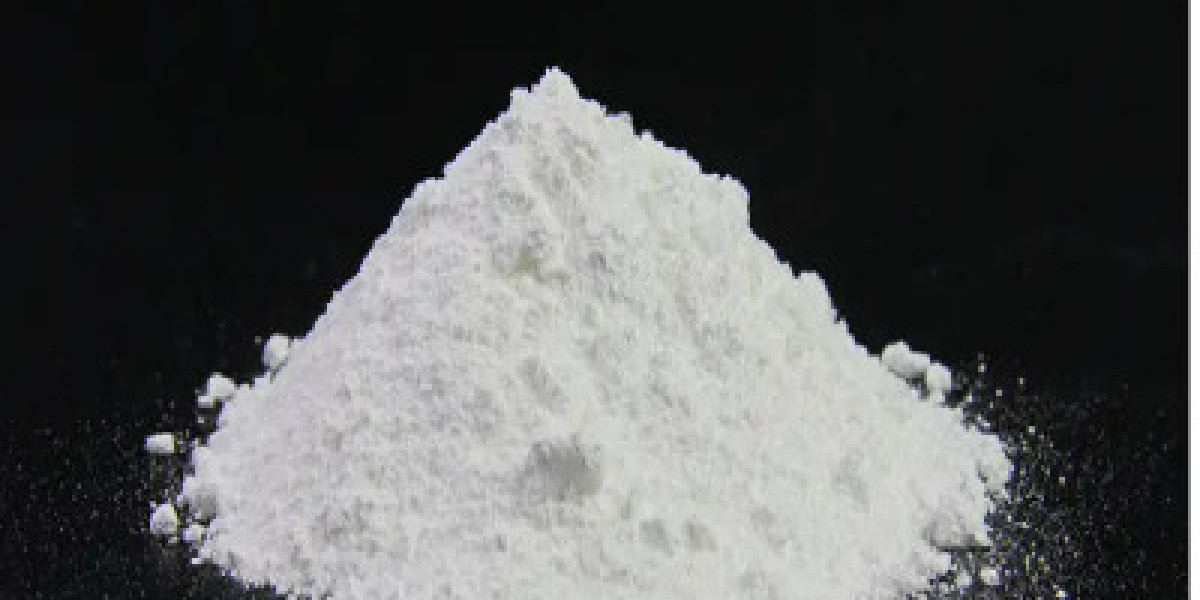The implications of environmental regulations for the chemical supply are multifaceted and significant. Here are some key points:
1. Shift Towards Sustainability: The chemical supply is moving from a "License to Operate" towards "Value Creation" in terms of sustainability. Companies are expected to improve their own environmental footprint and promote sustainable solutions across customer industries.
2. Compliance with Stringent Regulations: There is a need for compliance with increasingly stringent regulations, such as the EU's ban on single-use plastic bottles and regulations governing potentially hazardous substances. This necessitates investment in innovative alternative materials and processes.
3. Innovation and Technology: Rapid technological advancements, like biotechnologies and chemolysis used in recycling or renewable raw materials for production, are prime examples of how the industry is adapting. These technologies need to be scalable and competitively priced to be successful.
4. Reconfiguration of Value Chains: Established value chains are being reconfigured with new players entering the ecosystem, such as recyclers, preprocessors, or tech start-ups. This requires established companies to re-evaluate and potentially reposition themselves.
5. Global Pressure and Climate Change: The chemical supply contributes significantly to greenhouse gas emissions and is under pressure to reduce emissions and align with ESG standards. This includes participation in global initiatives like COP27 and Climate Action 100+.
6. Environmental Impact and Stakeholder Pressures: The industry faces scrutiny and pressure from stakeholders, including governments, investors, customers, and stock exchanges, to assess and negate their environmental impact.
7. Regulatory Compliance Challenges: The chemical supply must navigate a global diversity of regulations, rapid technological advancements, supply chain complexity, and increasing environmental and social accountability.
8. EU Chemicals Strategy for Sustainability: The European Commission's strategy aims to protect citizens and the environment from harmful chemicals and boost innovation by promoting the use of safer and more sustainable chemicals. This includes actions to ban the most harmful chemicals in consumer products, phase out PFAS, boost investment in safe and sustainable chemicals, and establish a simpler assessment process for chemical risks and hazards.
9. Chinese chemical supply and Environmental Protection: In China, there is a trend towards more sustainable practices, with increased regulations affecting specific sub-segments of the chemical supply. This includes demands for more environmentally friendly production processes and the phasing out of harmful chemicals.
These implications highlight the need for the chemical supply to adapt to a changing regulatory landscape, invest in sustainable technologies, and prioritize environmental and social responsibilities to maintain operations and growth in a sustainable manner.






